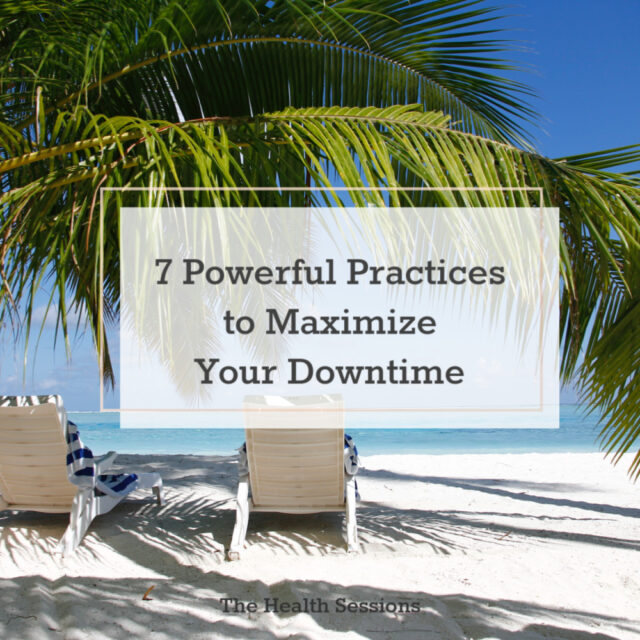Spoonie Problems: How to Decide When to Push Through and When to Stop and Rest

Flicking through magazines, watching YouTube clips and browsing social media are welcome distractions when your body needs a time-out. Curling up on the couch with your latest Netflix addiction surely is entertaining, but there’s a big difference between chilling in front of the TV and real rest.
Real rest encompasses more than lying still and keeping activity to a minimum. It involves activating your body’s natural relaxation response, a state of deep rest that balances your nervous system and promotes healing.
When you feel under pressure, your body releases stress hormones, triggering your sympathetic nervous system to prepare for fight or flight. The adrenaline in your bloodstream makes your heart beat fast, quickens your breathing and tenses your muscles. That’s very helpful in dangerous situations, but unfortunately it’s also activated by everyday challenges like traffic jams and work deadlines.
Contrary to this all-too-common stress response, the relaxation response acts like a built-in tranquilizer. It stimulates your parasympathetic nervous system to slow down your heart rate and breathing, relax your muscles and boost your immunity. Research even shows that mind-body interventions that activate the relaxation response, such as yoga and meditation, can reverse harmful inflammation at DNA level.
And what’s best of all: you have the power to produce this relaxation response whenever and wherever you want.
So let’s have a look at how you can maximize your downtime with 7 powerful practices.

Make time each day to really relax with activities that slow down your breathing, release tension from your body and quiet your mind for a while.
For more in-depth advice on how real rest supports the healing process, check out How to Create Your Own Action Plan for Recovery, the step-by-step guide on rebuilding your health after illness or injury.
If you enjoyed reading this article, you might also like: